Milan Cathedral (Duomo di Milano), Italy: A Comprehensive Tourist Guide
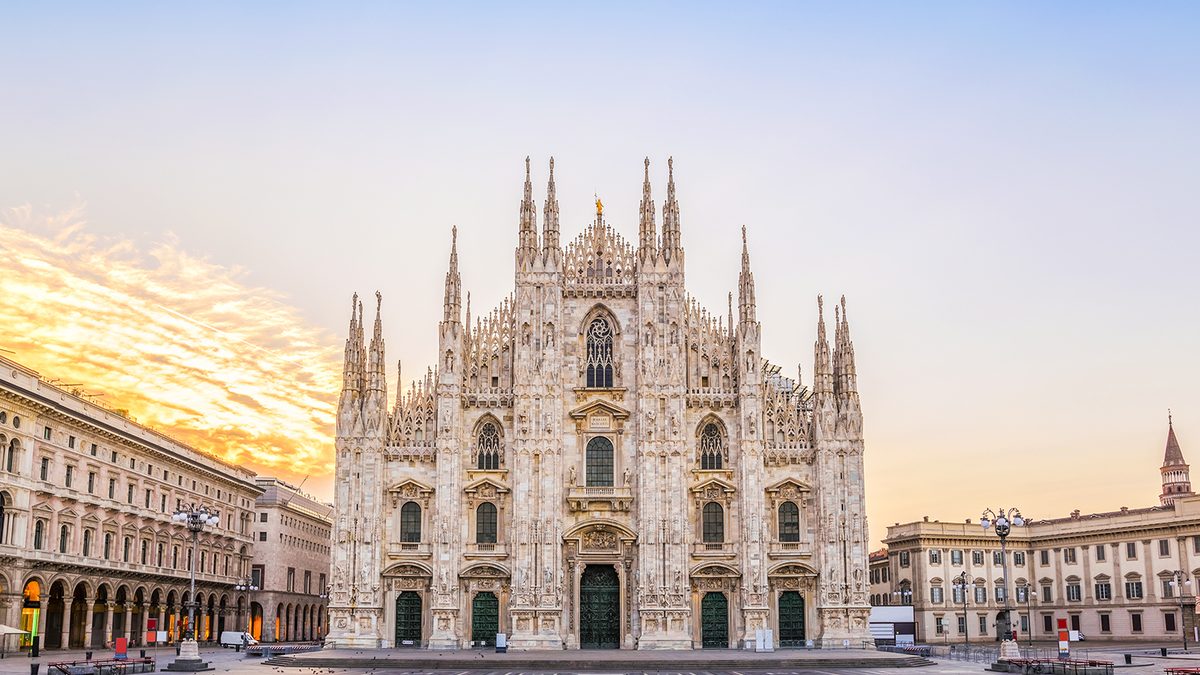
Milan Cathedral (Milan Duomo) when sunrise, Milan (Milano), Italy
Milan Cathedral (Duomo di Milano), Italy: A Comprehensive Tourist Guide
Milan Cathedral, known as the Duomo di Milano, is one of the most iconic landmarks in Italy and one of the largest cathedrals in the world. Its stunning Gothic architecture, rich history, and cultural significance make it a must-visit destination for travelers. This comprehensive guide provides all the essential information needed for a memorable trip, ensuring a rich and immersive experience at this architectural masterpiece.
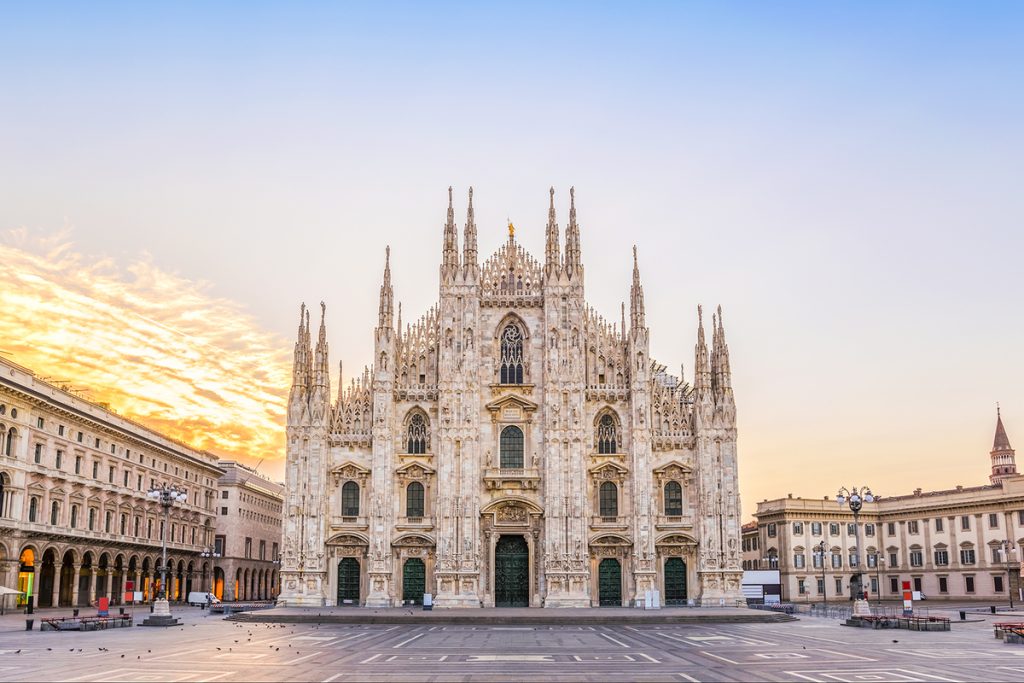
Historical Background
Early Beginnings
The construction of Milan Cathedral began in 1386 under Archbishop Antonio da Saluzzo and was commissioned by Gian Galeazzo Visconti, the Duke of Milan. The project aimed to reflect the grandeur and power of Milan, showcasing a blend of Gothic and Lombard Romanesque architectural styles.
Architectural Innovations
The cathedral’s design is a testament to the innovative Gothic architecture of its time. It features a Latin cross layout with five naves and a central nave flanked by two aisles on each side. The use of flying buttresses, ribbed vaults, and pointed arches allowed for the creation of large windows and an airy interior, filled with natural light.
Completion and Enhancements
Construction of the cathedral spanned nearly six centuries, with contributions from numerous architects, sculptors, and artisans. The façade, completed in the early 19th century under Napoleon Bonaparte, is a striking blend of Gothic and Neo-Gothic elements. The final touches, including the addition of the central spire topped with the iconic Madonnina statue, were completed in the 20th century.
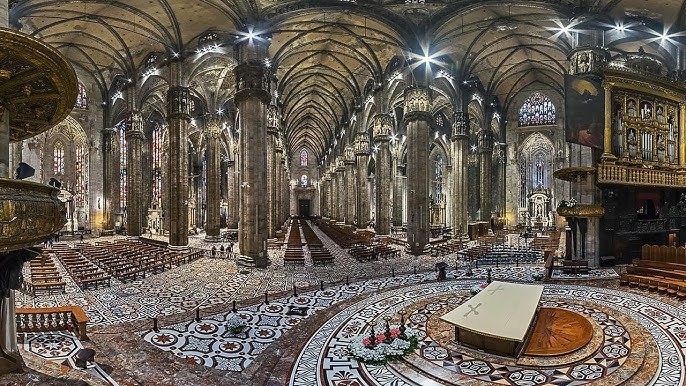
Architectural and Artistic Highlights
The Façade
The façade of Milan Cathedral is an intricate masterpiece of Gothic architecture. It features a plethora of spires, statues, and decorative elements that captivate the eye. The central spire, standing at 108.5 meters (356 feet) tall, is crowned with the golden Madonnina statue, a symbol of the city. The detailed carvings and sculptures depict biblical scenes, saints, and various historical figures, showcasing the craftsmanship of generations of artists.
The Interior
The interior of Milan Cathedral is equally breathtaking, with its vast spaces, soaring columns, and stunning stained glass windows. The five naves are separated by massive pillars, each adorned with intricate carvings. The high altar, designed by Pellegrino Pellegrini, is a focal point of the cathedral, surrounded by beautifully detailed sculptures and bronze statues.
The Stained Glass Windows
The cathedral boasts some of the most magnificent stained glass windows in the world. These windows, which date back to the 15th century, depict scenes from the Bible, the lives of saints, and various historical events. The vibrant colors and intricate details of the glasswork are particularly striking when illuminated by sunlight.
The Crypt and the Treasury
The crypt, located beneath the high altar, houses the remains of Saint Charles Borromeo, a significant figure in the Counter-Reformation and the archbishop of Milan. The Treasury, accessible from the crypt, contains a collection of precious artifacts, including sacred vessels, reliquaries, and vestments, offering a glimpse into the cathedral’s rich religious heritage.
The Rooftop Terraces
One of the most unique features of Milan Cathedral is the ability to explore its rooftop terraces. Visitors can take an elevator or climb the stairs to the terraces, where they can walk among the spires and enjoy panoramic views of Milan. The intricate details of the spires and statues are best appreciated up close, making the rooftop experience truly special.
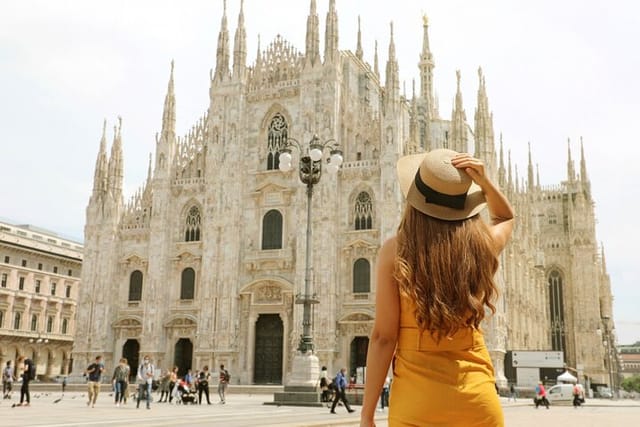
Visiting Milan Cathedral
Opening Hours
Milan Cathedral is open daily, with varying hours for different sections of the complex. The main cathedral is typically open from 8:00 AM to 7:00 PM, while the rooftop terraces are accessible from 9:00 AM to 7:00 PM. The crypt and the Treasury have more restricted hours. It is advisable to check the official website for the most current information on opening times and any special events or closures.
Admission Fees
While entry to the main cathedral is free, tickets are required for access to the rooftop terraces, the crypt, and the Treasury. Combination tickets that include access to multiple areas are available and offer the best value. Tickets can be purchased online or at the ticket office located near the cathedral.
How to Get There
Milan Cathedral is centrally located in Piazza del Duomo, making it easily accessible by public transportation. The Duomo metro station, served by lines M1 and M3, is located directly beneath the square. Numerous tram and bus lines also stop nearby. For those traveling by car, several parking garages are available in the vicinity, though driving in the city center can be challenging due to traffic and limited parking.
Accessibility
The cathedral is committed to being accessible to all visitors. Ramps and elevators are available for those with mobility issues, ensuring access to the main cathedral, the crypt, and the rooftop terraces. It is recommended to contact the visitor center for specific accessibility information and assistance.

Tips for Visiting
Best Time to Visit
The best time to visit Milan Cathedral is early in the morning or late in the afternoon to avoid the peak crowds. Weekdays are generally less busy than weekends. Visiting during the shoulder seasons of spring and autumn can also provide a more pleasant experience with milder weather and fewer tourists.
Guided Tours
Guided tours are available and highly recommended for those interested in the history and architecture of the cathedral. Knowledgeable guides provide in-depth insights and stories that enrich the visit. Private and group tours can be booked in advance.
Nearby Attractions
Galleria Vittorio Emanuele II
Adjacent to Milan Cathedral, the Galleria Vittorio Emanuele II is one of the world’s oldest shopping malls. This elegant arcade, with its glass roof and intricate mosaics, is home to luxury boutiques, cafes, and restaurants. It is a great place to enjoy a coffee or indulge in some high-end shopping.
Teatro alla Scala
A short walk from the cathedral, Teatro alla Scala is one of the most famous opera houses in the world. Visitors can take a guided tour of the theater and its museum, which showcases a rich collection of costumes, set designs, and musical instruments. Attending a performance at La Scala is a memorable experience for any music lover.
Sforza Castle
Located about a 15-minute walk from the cathedral, Sforza Castle is a historic fortress that now houses several museums and art collections. The castle’s extensive grounds and courtyards are perfect for a leisurely stroll, and the museums feature works by Michelangelo, Leonardo da Vinci, and other renowned artists.
Brera District
The Brera District, known for its artistic heritage and bohemian atmosphere, is home to the Pinacoteca di Brera, one of Italy’s most important art galleries. The gallery’s collection includes masterpieces by artists such as Caravaggio, Raphael, and Titian. The district’s narrow streets are lined with art studios, antique shops, and charming cafes.
Navigli Canals
The Navigli Canals, located a short tram ride from the city center, offer a picturesque and lively atmosphere. The canals are lined with bars, restaurants, and shops, making it a popular spot for evening strolls and nightlife. Boat tours are also available, providing a unique perspective of this historic area.
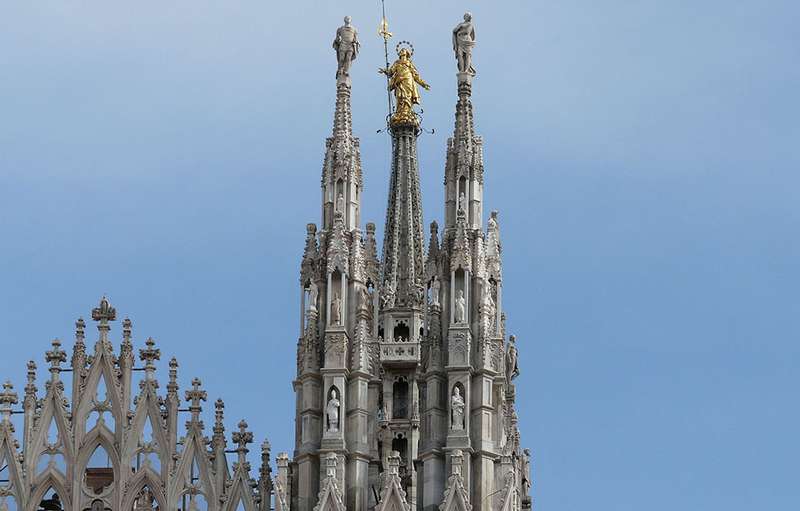
Practical Information
Getting Around
Milan has an extensive public transportation system, including metros, trams, and buses, making it easy to get around the city. The Duomo metro station, located directly beneath the cathedral, is a central hub for public transportation. Taxis and bike rentals are also available for getting around the city.
Dining
Milan offers a wide range of dining options, from traditional trattorias to Michelin-starred restaurants. Local specialties include risotto alla Milanese, ossobuco, and panettone. Piazza del Duomo and the surrounding streets are home to numerous cafes and restaurants, offering everything from quick bites to fine dining experiences.
Shopping
Milan is renowned as a fashion capital, and visitors will find an abundance of shopping opportunities. The Quadrilatero della Moda, located near the cathedral, is home to high-end boutiques and designer stores. The Galleria Vittorio Emanuele II and nearby Corso Vittorio Emanuele II offer a mix of luxury and mid-range shopping options.
Safety
Milan is generally a safe city for tourists, but it is always wise to take standard precautions. Keep an eye on your belongings, especially in crowded areas, and be cautious of pickpockets. Avoid walking alone in poorly lit areas at night.
Responsible Tourism
Cultural Respect
Milan Cathedral is a place of worship, and visitors should show respect for its religious significance. Dress modestly, speak quietly, and refrain from disruptive behavior. Photography should be done discreetly, and any restricted areas should be respected.
Environmental Impact
Travelers can minimize their environmental impact by using reusable water bottles, avoiding single-use plastics, and supporting eco-friendly businesses. Walking or using public transportation instead of renting cars can also reduce your carbon footprint.
Supporting Local Communities
Supporting local businesses, such as family-owned restaurants and artisan shops, helps sustain the local economy and preserves Milan’s cultural heritage. Consider taking guided tours led by local experts and staying in locally-owned accommodations.
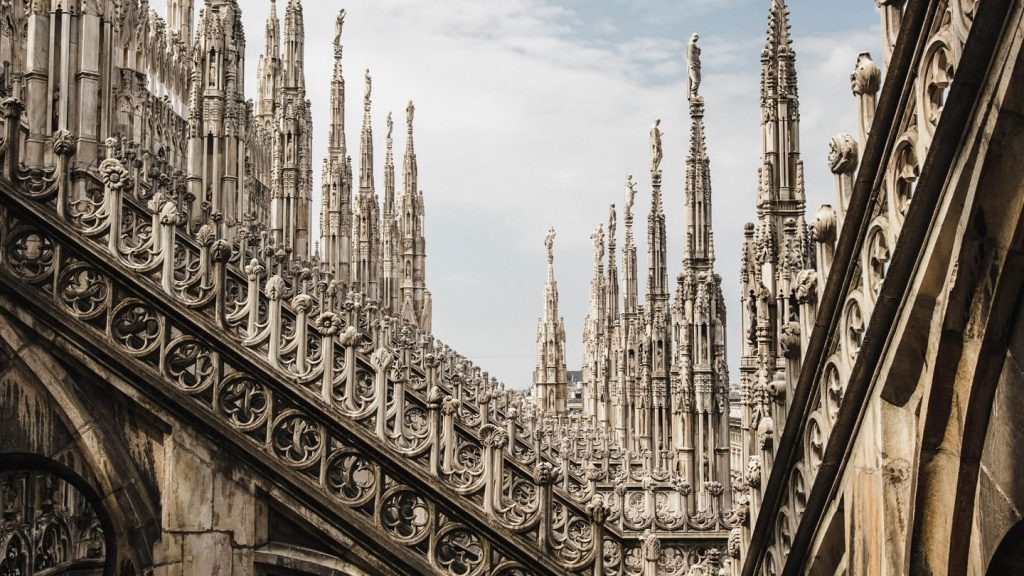
Conclusion
Milan Cathedral is a must-visit destination for anyone interested in history, art, and architecture. Its breathtaking
beauty, rich history, and cultural significance make it an essential stop on any trip to Milan. By following this comprehensive guide, you can ensure a fulfilling and respectful visit, appreciating the wonders of this Gothic masterpiece.
Plan your trip to Milan Cathedral today and embark on a journey that promises to be both awe-inspiring and educational. Whether you’re exploring the intricate details of the façade, admiring the artworks within, or taking in the panoramic views from the rooftop terraces, Milan Cathedral offers an experience that will leave a lasting impression.
-
Milan Cathedral (Duomo di Milano), Italy: A Comprehensive Tourist Guide
Milan Cathedral (Duomo di Milano), Italy: A Comprehensive Tourist Guide Milan Cathedral, known as the Duomo di Milano, is one of the most iconic landmarks in […]

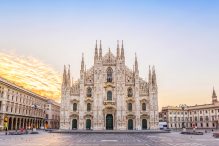

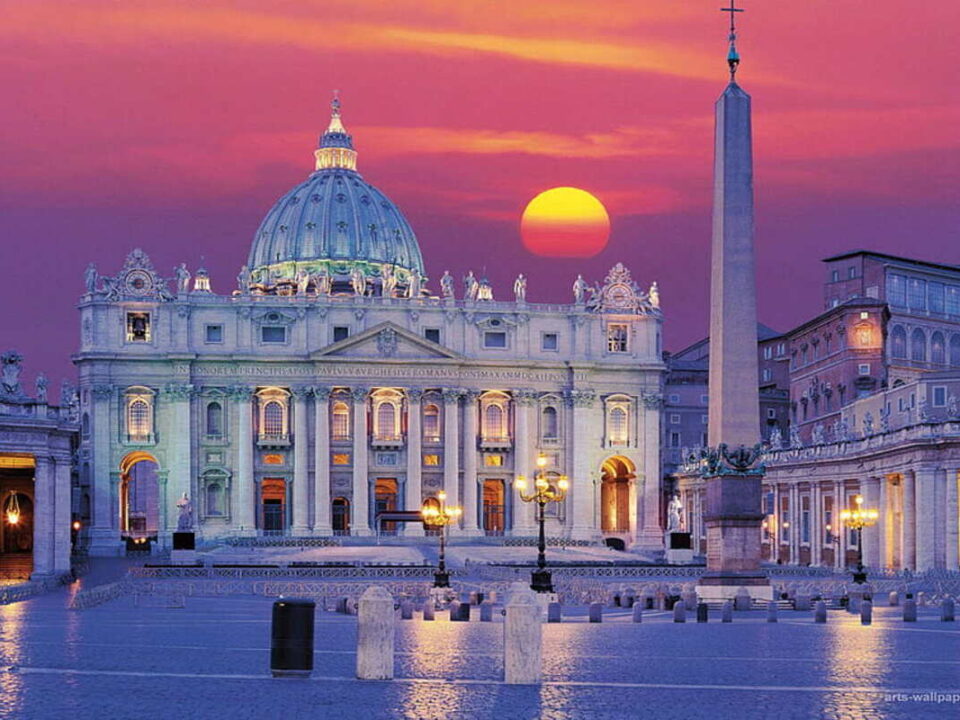
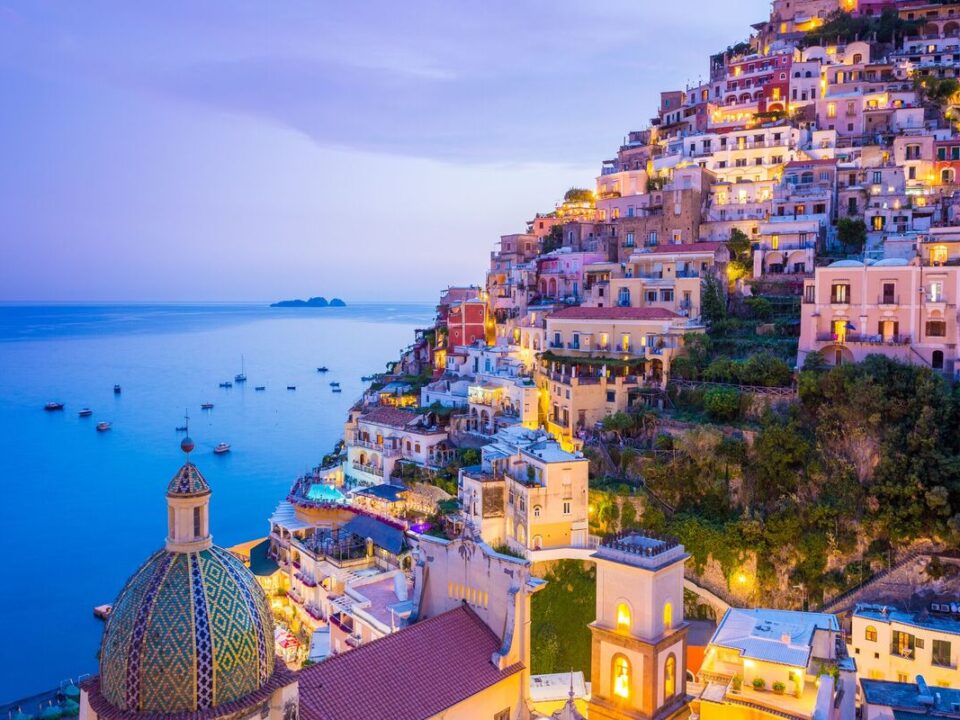
1 Comment
[…] the Duomo Milan Ticket […]